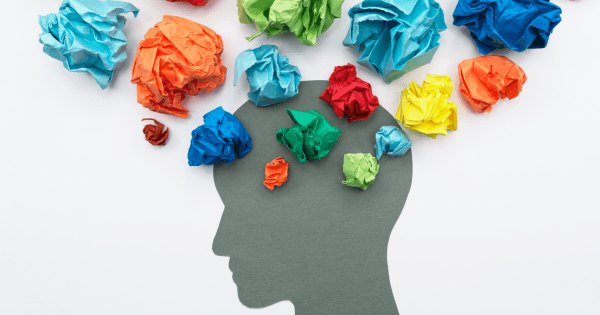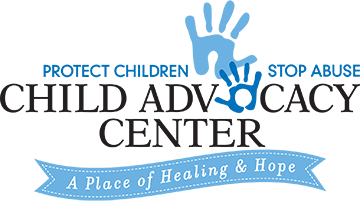
Each year we highlight that May is Mental Health Month. The month brings awareness through intentional efforts reminding us of the critical importance for ensuring healthy mental and behavioral health in ourselves, children, families, and communities. By publicly communicating about the value of good mental and behavioral health, we hope to normalize the idea that everyone benefits from asking for help when needed; everyone may be prone to periods where their emotional state feels vulnerable or even impaired; and everyone should understand that mental/behavioral health is not separate from overall physical health – we need both to function well. Healthy living requires a balance of positive and integrated physical and mental/behavioral health. Asking for information from friends, co-workers, health care providers, and specialists in the mental/behavioral health field should be as okay (and valued) as seeking information about the next big thing happening around us.
In the United States, the National Institute of Mental Health and other sources remind us that on average, as many as 57.8 million US adults experience some form of potentially diagnosable mental illness. These are often caretakers, providing the foundational support for our children. And these data reflect just the self-reported numbers – it is recognized that many more persons may be impacted by challenges with mental and/or behavioral health problems than formally report symptoms or troubles. It is essential that adults receive the preventative, helpful diagnostic, and treatment resources necessary to ensure safe and healthy care-giving environments. For children and youth, we know how vitally important it is that caretakers create nurturing, effective environments for children as they grow and develop. Yet emotional challenges affect them too. The Centers for Disease Control and the United States Census use the Youth Risk Behavior Survey and National Survey of Children’s Health and among other measures to consider the emotional needs of developing children and adolescents. Data consistently reflect that more than 20 million children and adolescents suffer commonly diagnosable (and treatable) mental “disorders” each year. Again, these are just the observed numbers, many more go unrecognized and untreated.
We know from years of research that undiagnosed, untreated mental health / behavioral health conditions and other environmental or biological problems (e.g., poverty, system factors, genetics, epigenetics, etc.) contribute to childhood trauma (for example, child maltreatment), reduced resilience, and a lifetime of other challenges. Child maltreatment including sexual abuse and serious physical abuse cause or worsen trauma (and later maladjustment), and likely accelerate later emotional and behavioral problems in life. These issues may be cyclical, resulting in ongoing patterns of mental/behavioral health maladjustment affecting children, adolescents, and adults. Such problems erode children’s and later adult resilience necessary to overcome trauma and other life challenges. The greater the number of adverse childhood experiences, the more likely that health, behavioral, and emotional consequences befall adults (for a quick 4-minute overview of ACES or adverse childhood experiences, click on the link and learn about ACES, prevention, and 5 known strategies to prevent ACES).
The single most protective factor for children for developing strong resilience and coping skills is the presence of at least one stable, committed, and hopefully caring adult/caregiver/parent in their lives. ACES prevention and resilience-building go hand-in-hand. In coming blogs, we’ll visit various protective factors and how agencies like the Child Advocacy Center play crucial roles in helping children and families overcome adversity and trauma. The CAC and its community volunteers, partners, and supporters work to build community, child, and family resilience through prevention services while also attending to the serious, life altering impacts of severe child maltreatment.
